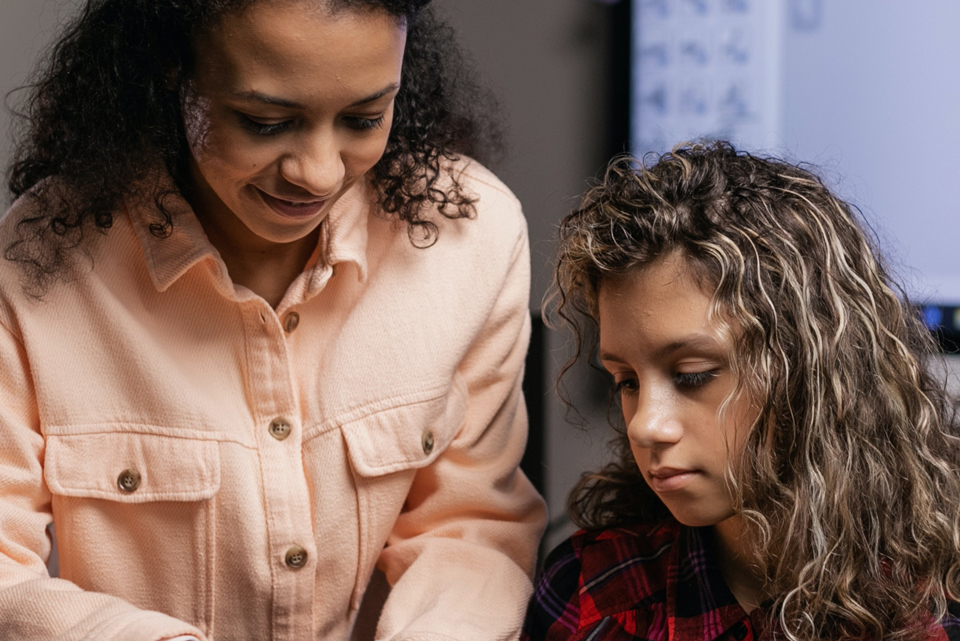The term dual or multiple exceptionality (DME) is used in the UK to describe individuals who have both a special educational need or disability (SEND) and high learning potential (also known as “gifted”/ “gifted and talented”/ “exceptional”/ “more able” / “most able” / high ability). In this blog, Denise Yates, former Chief Executive of Potential Plus UK, co-author of The School Handbook for Dual and Multiple Exceptionality and author of Parenting Dual Exceptional Children shares 10 suggestions for ways teachers and other school professionals could support a pupil with dual or multiple exceptionality in the classroom.
- Become a DME champion. Be aware of DME, what it looks like in the classroom and at home. Understand and implement individual, classroom and whole school approaches towards DME; believe in and speak up for pupils with dual or multiple exceptionality and celebrate their differences. These things can have a real impact on a child’s self-confidence, wellbeing, performance and achievement levels in the long-term and is well worth the investment.
- Know how to identify a learner with DME and the kind of behaviours and actions which they can present both in the classroom and in the home environment.
- Use the child’s high learning potential to overcome their learning difficulties and not the other way around. For example, using repetition of the basic building blocks a child needs to learn before moving onto higher level concepts can be a recipe for disaster. More of the same can frustrate a child with DME at best. It is often more rewarding for the student with DME to tackle the problem in reverse, giving them higher level work and using it as a hook to put the basic building blocks in place.
- Adapt the tools you use with pupils with SEND and those you use with pupils with high learning potential to inspire your DME pupils to use their intelligence to learn. One example is not being frightened of using complex language and descriptions but giving this context and then using the work to address any challenge the pupil faces.
- Explain the ‘how’ and the ‘why’ to pupils with DME; understanding the context within which they are working can promote learning.
- Understand that a child or young person with DME can present very differently at home than at school. This can work both ways; a child who is quiet and studious in the classroom and who seems no cause for concern can be a child who is out of control at home, exhibiting poor behaviour, meltdowns or worse; like a pressure cooker exploding which has been kept in check at school. Likewise, a child who is the class clown or who exhibits behavioural problems at school can seem an angel at home when they can learn what they want at their own pace with no expectations placed on them. This makes it vital for both professionals and parents to listen to each other, accept the different descriptions of the same child and work together to problem solve solutions.
- Develop a positive relationship with parents and carers. Reinforce this with a transparent communication process and open-door policy. Many parents or carers do not come into school until they are absolutely desperate to sort out a situation. By then they are looking for a sympathetic ear, a chance to talk about their concerns and a speedy resolution. Sometimes this desperation can result in parental outbursts and negative behaviour. Recognise this possibility and listen to the parent and carer and work positively with them to problem solve their concerns.
- Be honest about what can or can’t be done. Supporting pupils with DME does not have to be resource intensive. In fact, supporting DME effectively can save resources. For example, where DME goes unrecognised or is misdiagnosed for other things it can result in a range of behavioural, social and emotional problems which are more resource intensive to tackle than addressing the DME would have been in the first place. Notwithstanding, if the school is not able to put provision in place, it is better to be honest and to work with the parents on what can be done.
- Pilot approaches to DME in the classroom and beyond, some of which may work for all children, such as differentiated learning tasks in class or at home that the child can choose from themselves, through to open invitations to all pupils to attend out of school activities and seeing who shows up and is enthusiastic about the event. Explore the pace and content of learning both inside of the classroom and outside and question how you can adapt an exercise or piece of homework to test what the pupils know rather than what they can do. Could they record their homework in a song? On a Powerpoint presentation? On a video? Do you want to test their handwriting or their knowledge? Is it better for your pupil with DME to write three lines on what they did in the Summer or 2 pages on fossils or Harry Potter?
- Look for DME in unexpected places. The brightest child is not necessarily the one sitting at the front of the class listening to your every word. They may be the class clown or the one whose behaviour deteriorates easily or the one who has a wicked sense of humour or is sarcastic and questions everything. Keep an open mind and adapt your behaviour towards them.
About the Author: Denise Yates has worked in education and training for over thirty-eight years to enable all individuals to maximise their potential. For ten years. Denise was CEO of Potential Plus UK, leaving in 2017 to pursue her passion, which could be summarised as ‘hidden potential’; children and young people with DME, those with mental health problems and those who have been failed by the system, for whatever reason. Denise is currently a Board member of The Potential Trust , Nisai Education Trust and Potential In Me. She is also an adviser with Citizens Advice in her local area. @DeniseYates_






